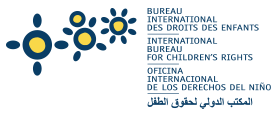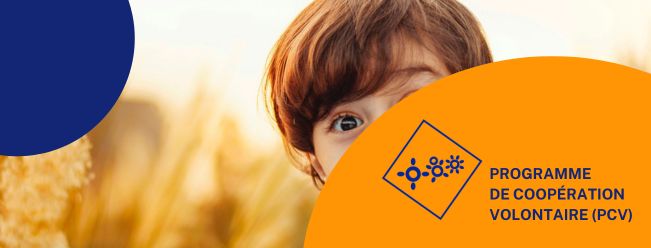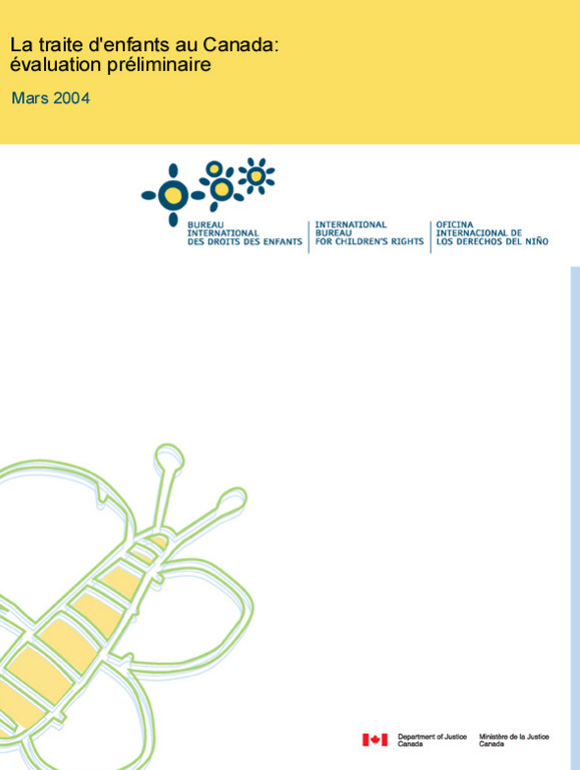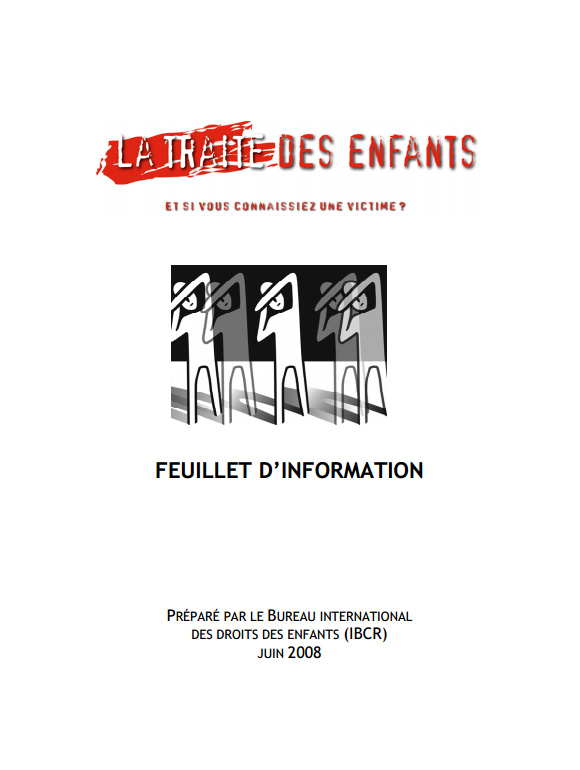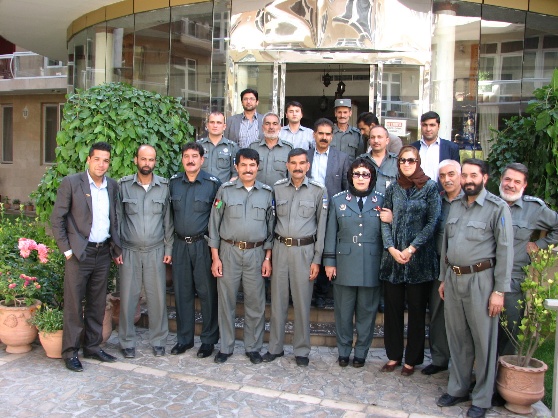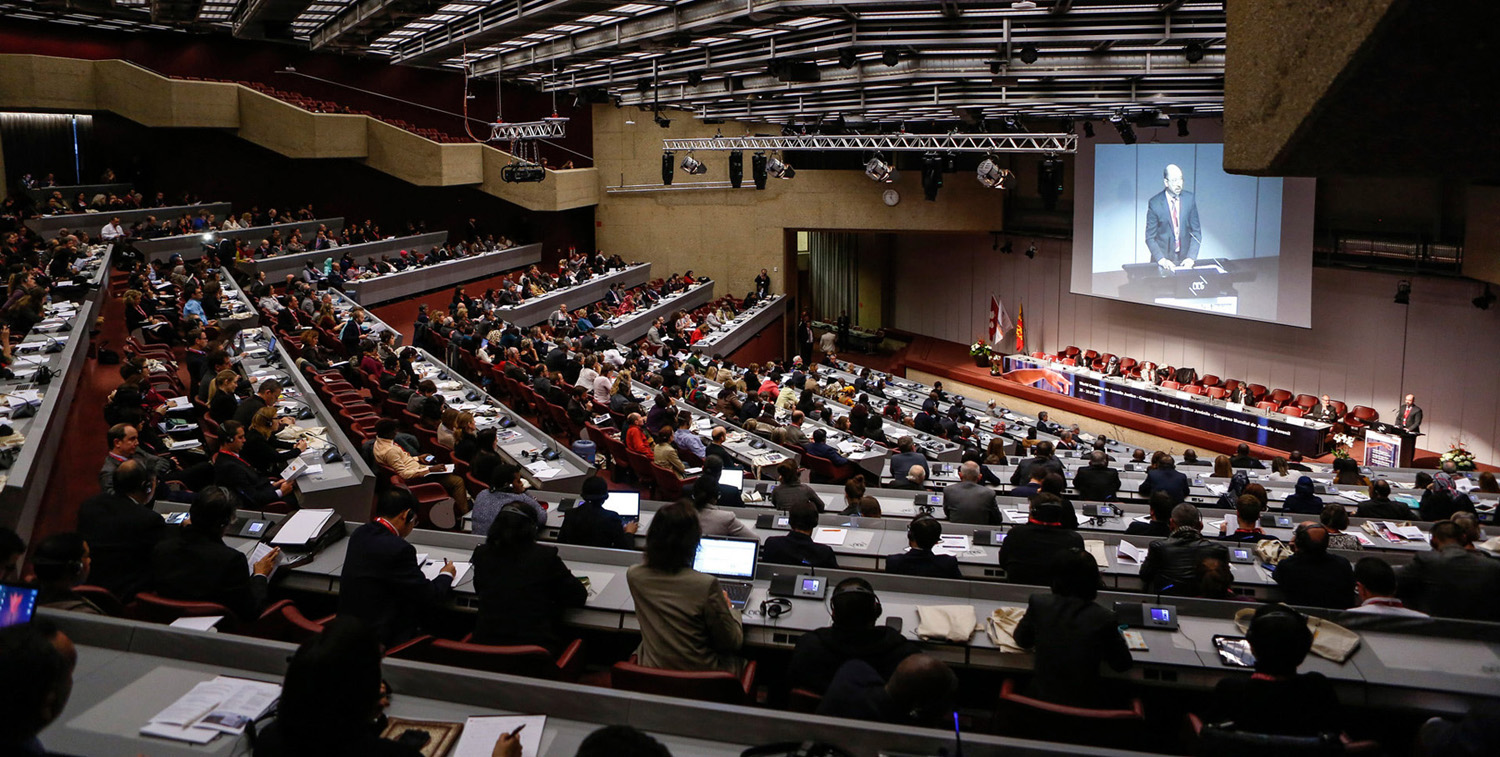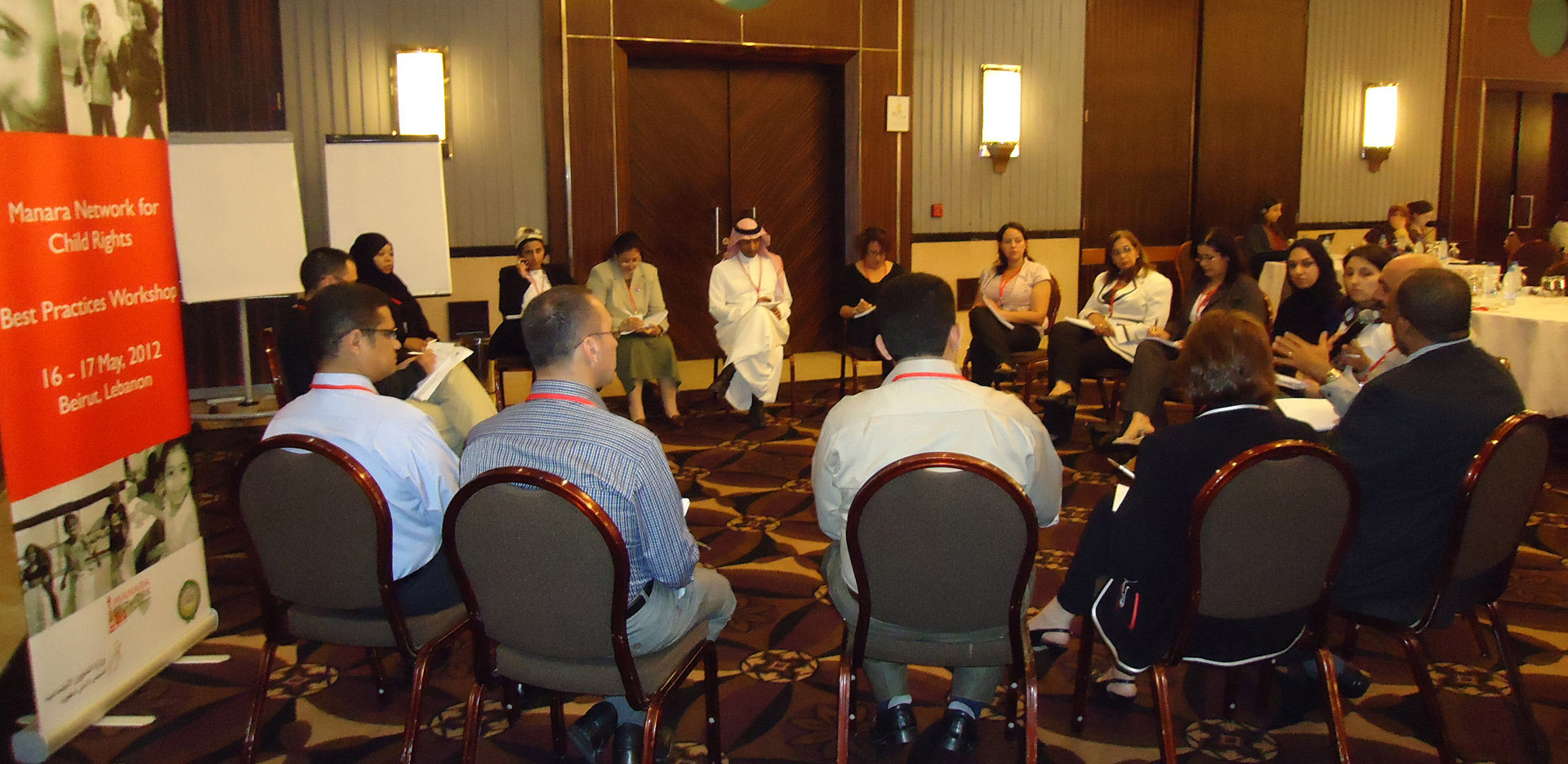Child Trafficking in Canada

Photo credit: 123FR/Sinisha Karich
What if you knew a victim?
Project duration : 2004 - 2009
According to the Palermo Protocol, which Canada ratified in 2002, child trafficking is defined as recruiting, transporting, harbouring or receiving a child for the purposes of exploitation, such as sexual exploitation or forced labour. This scourge is ravaging the entire world, including Canada. Not only is it a destination and transit country, but it is also a country of origin for child trafficking victims. Confronted with this phenomenon, which continues to grow both in Canada and elsewhere, the IBCR, at the request of the Department of Justice Canada, conducted a study in 2004 of child trafficking in Canada. The results revealed three main points: the victims’ lack of knowledge of their rights, the difficulty of identifying trafficking victims, and the inadequate treatment that they have been given. Next, and thanks to the support of various religious communities in Quebec and Canada, the Bureau conducted a more thorough investigation into child trafficking in Quebec in order to develop a strategy for action to protect the rights of these child victims. This study led to the development of a complete training toolkit designed to help front-line actors (police officers, social workers, community organisations, etc.) better understand and properly respond to child trafficking
Project goals :
- Prevent child trafficking
- Reduce criminal acts by promoting a better understanding of child trafficking issues
- Enhance the capacities of actors to protect child trafficking victims
What was accomplished :
- A mapping of child trafficking in Canada in collaboration with Public Safety Canada, which determined that actors do not properly differentiate children from adults in cases of human trafficking
- A study for the Government of Quebec on the trafficking phenomenon and the creation of a toolkit (lien trousse) for police officers, community actors, lawyers and anyone else identifying a child in a trafficking situation. This kit was distributed during the Sûreté du Quebec’s first meetings on sexual assault for investigators
- A training of trainers designed for community actors working with young victims or children likely to be affected by or implicated in human trafficking, with the support of Status of Women Canada
This training provided a forum for identifying and exchanging ideas about problems tied to the trafficking phenomenon, and implementing operational networks to help child trafficking victims. The Bureau brought together dozens of community actors who then trained other professionals likely to be confronted with the scourge of trafficking. Today, the various levels of government have largely recognised the importance of this violation of children’s rights.
- Intervention locations : Quebec, Canada
- Project duration: 2004 to 2009
- Partners :
- Department of Justice Canada
- Public Safety Canada (Quebec region)
- Status of Women Canada
- Religious communities in Canada
- Highlights:
- 20 community organisations were involved in developing the training
- Dozens of high school students and young girls were invited to discuss the training tools and modules
- Performance of the play Amour ou domination? L’histoire de Florence et Gabriel (Love or Domination? The story of Florence and Gabriel), created and performed by the Mise au jeu team, denouncing the exploitation that young girls can fall victim to
- Fields of activity and expertise :
- Capacity building
- Applied research
- Advocacy and institutional support
- Tools, reference manuals and standards
- Training leadership
- Children in emergency situations
- Child sexual exploitation
- Children and the justice system
